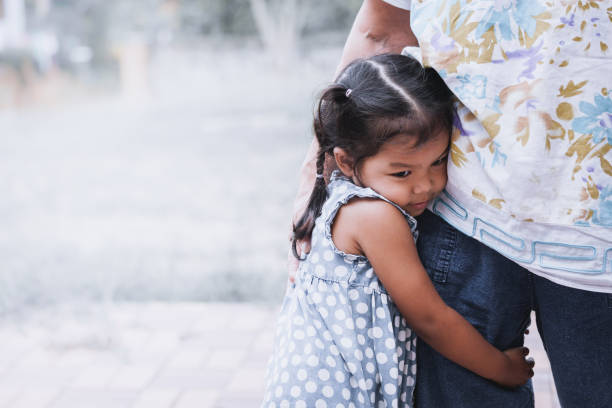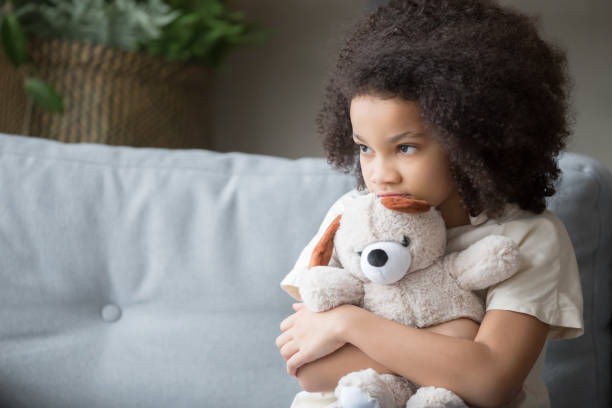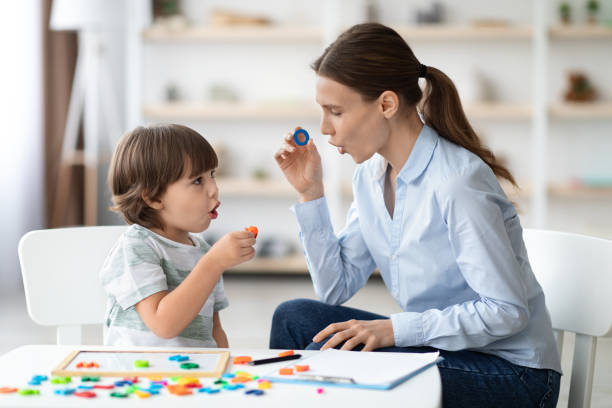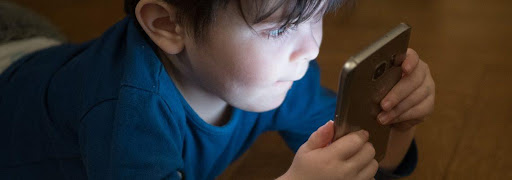Newsletter
Subscribe to stay updated on our latest news, upcoming workshops, training and special offers

Anxiety is a common mental health problem in children. It can be triggered by many things, including illness, stress, or changes at home or school. Anxiety can negatively impact a child's ability to learn and behave appropriately. If a child has an anxiety disorder, he or she may experience panic attacks and other symptoms of anxiety on a regular basis.
How anxiety looks like in children
Anxiety in children looks different from anxiety in adults because it often involves more physical symptoms such as stomach aches or headaches. Children who experience anxiety are often reluctant to go to school because they feel embarrassed about their symptoms.

Anxiety can be difficult to understand because it can look different in each child and cause different types of behaviour. Some children may get upset over small things like tests or being told not to do something; other kids may become upset if they don't get what they want right away; still others may feel anxious if they're not getting enough attention from their parents or siblings. According to the CDC, 5.8 million children experienced anxiety between 2016 and 2019 and many go unreported too.
So, let’s take a look at some of the common indicators of anxiety in children:
- Constant sweating
-Breathing is rapid.
- Feeling of nausea
- Being dreadful
- Getting startled
- Having tantrums
- Clingy
- Lack of sleep, etc.
Common types of anxiety in children
Social Anxiety: This manifest as
- Severe fear in social scenarios
- Extremely self-conscious
- Constantly concerned that others will judge them.
- Have thoughts that they will be humiliated.

Specific Anxiety: This manifest as
- Persistent fear of things or situations.
- These things could consist of injections, bridges, dogs, heights, etc.
-As a result, the person avoids these things or situations, which can have an impact on their daily lives.
Separation Anxiety: This can be seen as
- Experience severe anxiety when their caregivers are not present.
- Unable to attend camps, picnics, and other events without their parents.
- Discover issues with sleeping alone.
- Remain worried, thinking that something negative will happen to their parents.
5 activities that help anxious kids
If your child is struggling with anxiety, you may feel overwhelmed by the situation. But there are many ways to help your child cope with anxiety. You can start by learning about the different types of anxiety, how it affects your child and what you can do to help them through their struggles.
1. Calming Down Jars: Put some warm water in a jar. It's best to have a plastic jar. Then put some glitter glue on a paper plate and ask your child to shake it. They will notice that the glitter slowly settles to the bottom. This technique is relaxing for kids particularly when your child has had a rough day. As they do this activity, guide the child to do deep breathing as well. You can also make mini jars so that this can be used while travelling too.
2. Optimistic Affirmation Bracelet: This activity builds positivity for the child. You can begin by asking the child about the things about which they are most anxious. Then guide them to choose four affirmations. Then tell them that each bead will have a different colour. Then let them put the beads on a woollen string by putting the beads on the string and telling the affirmations. Make them wear the bracelet, as this will serve as a reminder for them as well as bring positive vibes.
3. Worry Box: Many children feel that their thoughts control them. A simple activity would be for the child to decorate a box. Tell the child to use decorative materials. Tell your child that this is a worry box where you put all your worries when you are not able to address them. The child will write the worry in the chit and put it in the box. Then the parents can set a particular time to make the child read it and discuss it. Over time, the child feels like they have control over their anxious thoughts.
4. Stress balls: This is a favourite among many children. Take a balloon and fill it up with rice, play-doh, and flour through a funnel till the brim, then tie it well. This is beneficial for children who are very worried. This activity will give them some relief.
5. Worry Journal: Children are never at ease expressing their concerns. We can give them a book. Tell them to decorate it, and that they can write or draw their worries on it. Mention to them that they can express themselves in their journal when they are worried and can even brainstorm ideas on how to tackle those worries with an adult, they feel most safe with.
For professional help, please check out our therapists who can help you and your child work towards a healthier future.
December 7, 2022

August 24, 2022

September 30, 2020
.jpg)
August 9, 2022